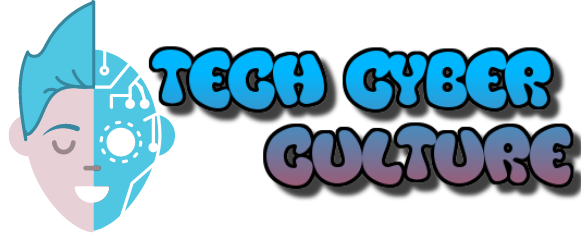What are the top 10 trends in software engineering, including DevOps practices and continuous integration/continuous delivery (CI/CD)?
The top 10 trends in software engineering, including DevOps practices and continuous integration/continuous delivery (CI/CD), are as follows:
1. Cloud-native and microservices architecture: Organizations are increasingly adopting cloud-native approaches and breaking down monolithic applications into smaller, loosely coupled microservices.
2. DevSecOps: Integrating security practices into the software development and delivery lifecycle to ensure secure coding, vulnerability analysis, and threat detection.
3. AI and ML-driven development: The integration of Artificial Intelligence (AI) and Machine Learning (ML) technologies within software development processes to enhance automation, testing, and analytics.
4. Serverless computing: The rise of serverless architectures that allow developers to focus solely on writing code, abstracting away infrastructure management and scaling concerns.
5. Low-code/no-code development platforms: Platforms that enable developers to build applications with minimal coding, utilizing visual interfaces, prebuilt modules, and templates for rapid development.
6. GitOps: An approach that applies DevOps principles to infrastructure and configuration management using Git version control, allowing for declarative infrastructure management and release automation.
7. Kubernetes and containerization: The adoption of containerization technologies, particularly Kubernetes, for managing and orchestrating application containers at scale.
8. CI/CD automation and pipeline as code: Automation of the entire software delivery pipeline, from continuous integration (CI) to continuous deployment (CD), including infrastructure provisioning, testing, and release management.
9. Shift-left testing and quality assurance: Shifting testing and quality assurance processes to earlier stages of the development lifecycle, enabling teams to detect and fix issues earlier, reducing costs and improving software quality.
10. Collaborative development and remote work enablement: The rise of distributed development teams and the need for collaboration tools and platforms that facilitate seamless communication, code sharing, and remote work.
These trends highlight the evolving nature of software engineering and the need for organizations to adapt to new technologies and approaches to stay competitive and deliver high-quality software products efficiently.









